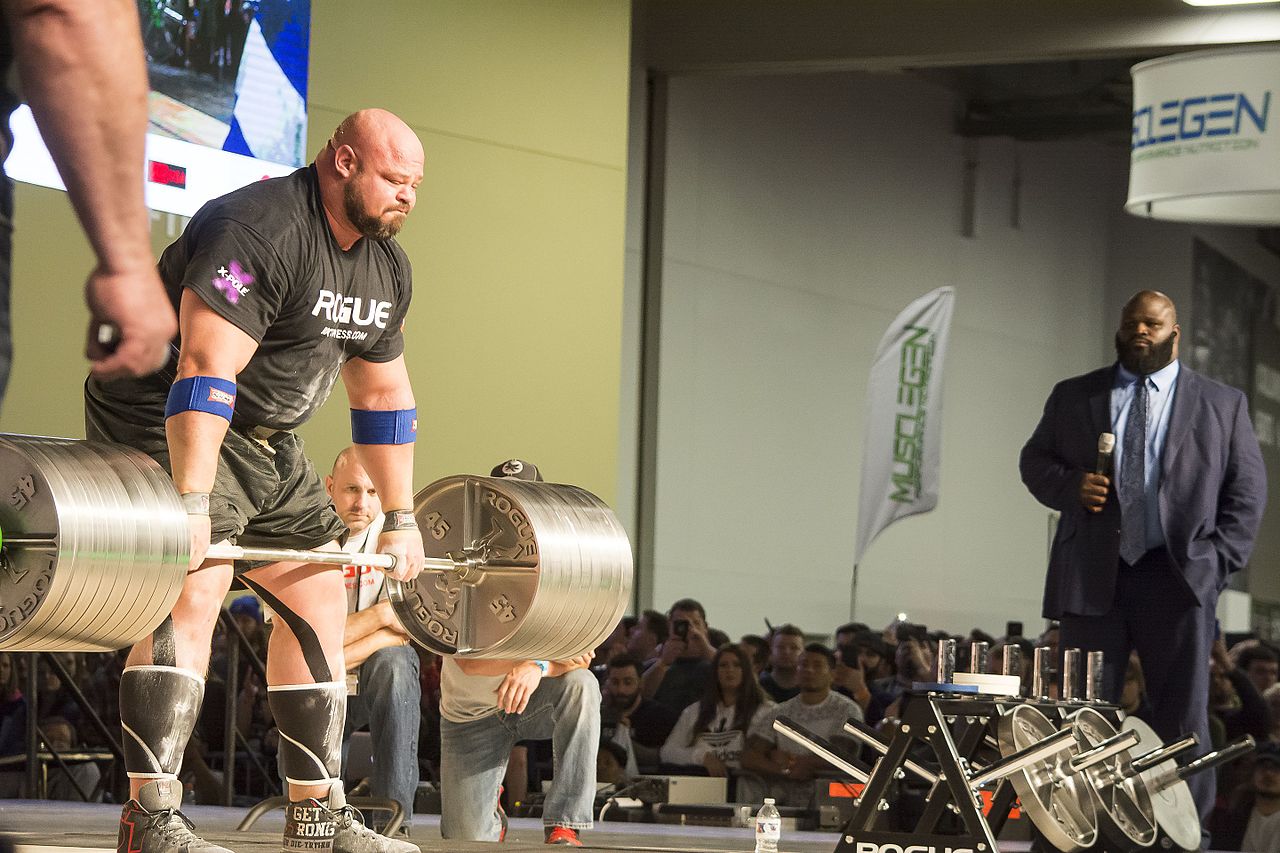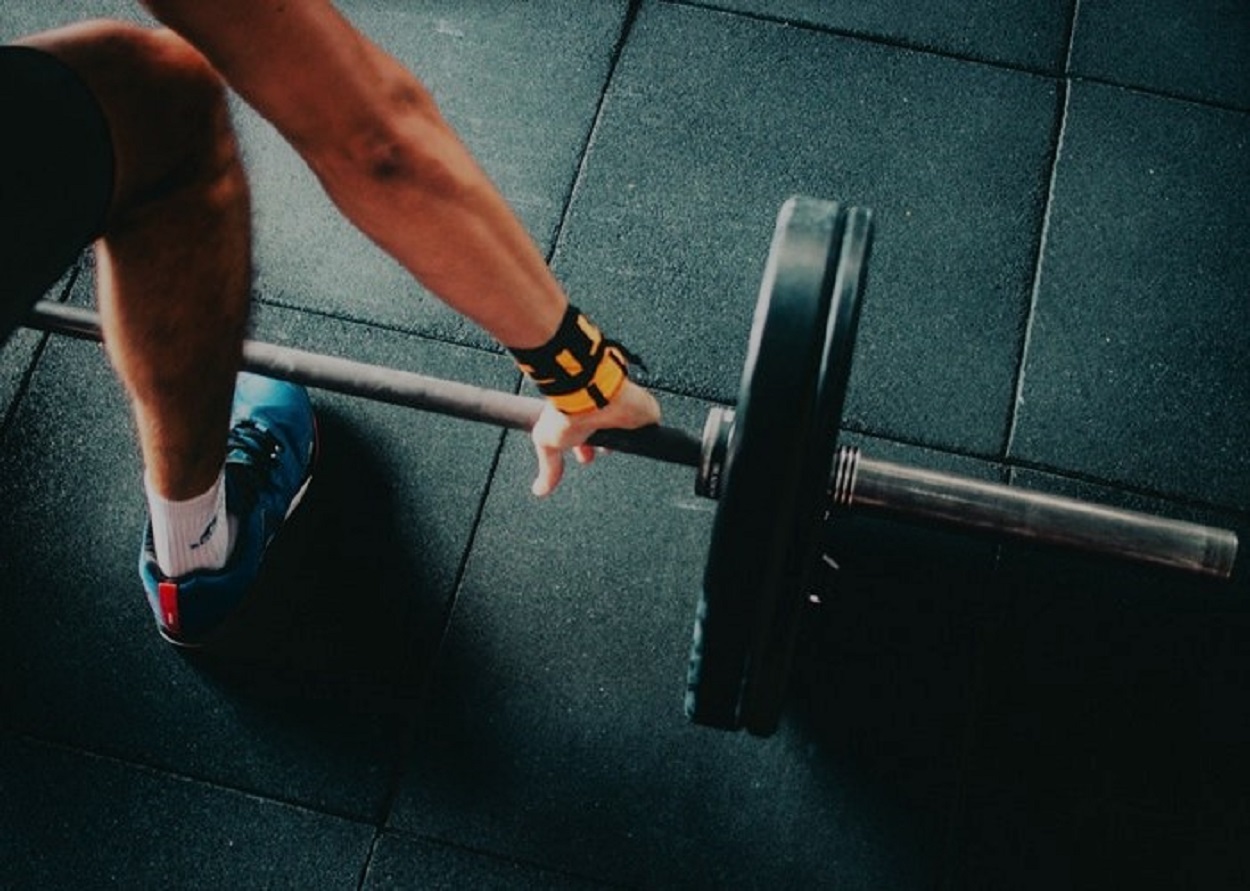It’s a common myth, and one with no evidence behind it. No, powerlifting does not stunt growth. I’ll say it once and for all, and I’ll provide you with as much evidence as I can to refute this claim.
The origin behind this claim is dubious. I’ve heard that the claim began when odd lifts and strongmen workouts first became popular towards the turn to the 20th century, which put gymnasts into something of a panic. To discredit their fitness competitors, they claimed that lifting weights rather than doing calisthenics would damage a youth’s potential to grow in height.
Other people simply heard the claim parroted by their parents or misinformed doctors who hadn’t bothered to do their own research on the topic. In short, research on the topic notes that height is not affected by training. One contrary study makes note of growth issues among female gymnasts, attributing them to poor diet. Another reaches a similar conclusion for some school-aged athletes who experience delayed growth due to inadequate food intake.
Why Would It Affect Your Growth?
The common explanation behind the claim is tied to the body’s growth plates. These are spongy discs inside our long bones that calcify throughout puberty as we reach our final full-grown stature. Some people stop growing earlier than others, and some people take a long time to reach their final height. However, working out and lifting has no impact whatsoever on when or how you reach your full physical potential. If anything, it’ll help you look far more imposing and impressive at a younger age. Even for younger children, strength training has a host of benefits.
It helps them build stronger and healthier bones, improves posture and coordination, and provides them with an additional means of self-discipline, teaching them the value of continuous and daily training. I’d refrain from earnestly teaching a five year old to deadlift, but there’s no harm to teaching your child how to lift weights properly once they have the coordination needed to do so (around the same age they’d get into other sports) and once they’re showing genuine interest.
Just remember that the minimum age for competition in powerlifting is 14, so there’s no point in taking it seriously before then (and it generally isn’t recommended, to avoid injury), and I’d ask readers to avoid trying to hype their children up to take any sport seriously – it’s supposed to be about having fun and being healthy, and they can still get competitive when they choose to later on.
Aside from that tangent, there’s no harm in lifting weights as long as you (if you’re a kid) or your child has the necessary coordination to lift them safely. Don’t expect any serious physical changes one way or the other, however, as children lack the hormones to benefit from muscle building exercise and will largely benefit from the improved coordination and mind-body control that resistance training offers.
Gymnasts and (Some) Strength Athletes are Short(er)
In case someone tries to refute basic evidence with something as inane as claiming that most gymnasts and weightlifters tend to be short, I’ll just make a quick note of the fact that the strongest people on the planet are exceptionally tall (because you need a massive skeleton to carry the muscle mass needed to move the kind of weight you see flung around in strongman competitions), and both gymnastics and weightlifting lend themselves better to athletes with better leverages (i.e. shorter limbs).
Powerlifters with long arms will generally have a better deadlift, but shorter arms and legs are useful here as well because they’ll make the squat and bench press easier. Nevertheless, the world’s strongest men tend to be on the big side, even in the sport of weightlifting, where super heavyweight competitors are frequently over 6’ tall (guys like Lasha Talakhadze) – because once again, having long and big bones lets you have more muscle on those long and big bones, and that in turn affects absolute strength.
The guy in the picture above, for example, is Brian Shaw. He’s one of the world’s strongest men, and he’s 6′ 8″ (203 cm). He owes his height to a long lineage of tall men in the family, and he was training (basketball and weights) at an early age.
Shorter guys are still relatively stronger, in that they frequently lift more of their own body weight than guys twice their size, but that has to do with allometric scaling (the same reason ants are far stronger than elephants, relatively speaking) than anything else.
Your Height is (Mostly) Based on Genetics and Food
So, what does affect height? I’m afraid that, for 99 percent of my readers, it’s going to be genetics. You were born with the height you currently have. Whether or not you’ve reached your full potential or just a few millimeters shy of it isn’t largely relevant but could be attributed to a series of infections in your youth or poor sleep and diet. Nevertheless, its unlikely that you could get much taller than you are now even with perfect circumstances.
The exceptions are those who were truly malnourished. Malnutrition and serious, debilitating, and chronic infection will lead to stunted growth, alongside a host of genetic conditions including dwarfism. Some conditions affect growth in the reverse way: a tumor on the pituitary gland, for example, can cause an excess of growth hormone production and lead to growth spurts long after puberty, as seen in people like Andre the Giant. This condition is separate from giantism and is called acromegaly. Barring such conditions, however, most cases of stunted growth are the result of a seriously terrible childhood.
One anecdote feeding the notion that strength training would stunt growth is the fact that child laborers tended to be shorter than children who grew up playing and enjoying today’s normal childhoods. This has much more to do with the fact that child laborers also generally happened to live under the most terrible conditions, with little to eat, and constant physical as well as mental stress.
Today’s children are growing up taller than their ancestors because we’ve generally got access to more food than ever before in a larger percentage of the globe, and the differences are particularly stark in developing nations where newer generations are reaching their genetic potential through a better diet than what their parents and grandparents had available to them.
Even if your technique is terrible, it won’t affect your growth. You might injure yourself, which will stall your progress, but that would very rarely affect your growth – even if you somehow manage to injure yourself along the growth plate, which wouldn’t happen very frequently with weightlifting (but is far more likely to happen with contact sports like basketball and football).
I’ll turn things around and claim that you should be strength training from an early age, purely for the health benefits of lifting weights (and/or yourself), including much stronger and more resilient bones.
Injuries May Stunt Your Growth
Growth plate injuries may stunt the growth of the long bone they’re found in, but it’s important to note that powerlifting does not cause these types of injuries. The stress accumulated from lifting is enough to promote increased bone density, but not enough to cause the kind of fracture needed to stunt growth. For that, consider looking into car and bicycle accidents, long falls, and contact sports (basketball, football, etc). And then again, damage to your growth plates is not guaranteed to affect your growth.
To summarize: stunted growth is most commonly caused by nutritional deficits, repeated infections, and certain conditions or diseases (many of which are genetic), and not weightlifting or powerlifting.





